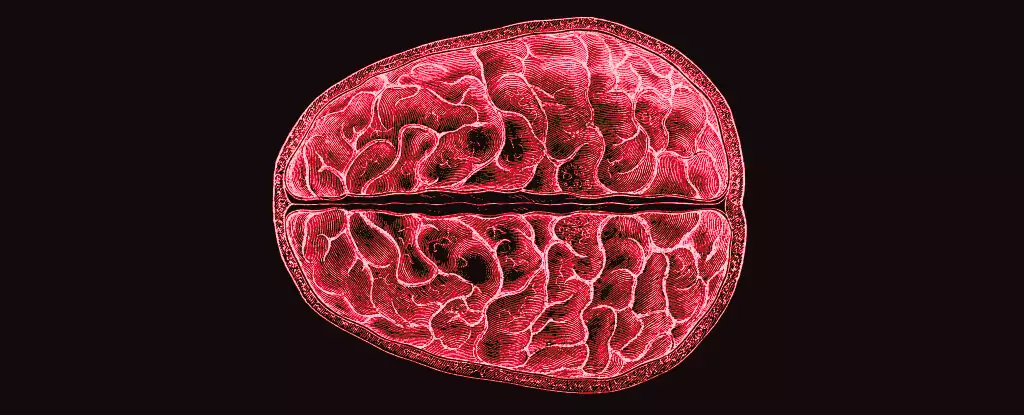The intricate interplay of hormonal changes throughout the menstrual cycle extends beyond reproductive functions, reaching deep into the realm of brain morphology and functionality. A groundbreaking study by neuroscientists at the University of California Santa Barbara has begun to peel back the layers of this often-overlooked connection, highlighting how fluctuations in hormonal levels can induce noticeable alterations in brain structure among menstruating individuals. This revelation raises pressing questions about the broader implications of menstrual health on mental wellbeing and cognitive function.
Hormonal Fluctuations and Brain Changes
Led by Elizabeth Rizor and Viktoriya Babenko, the research tracked 30 women through the various phases of their menstrual cycles, specifically analyzing brain structural changes in correlation with hormonal levels. The study pioneers the documentation of sudden brain-wide changes in white matter and cortical thickness as hormones ebb and flow throughout the cycle. The implications of these findings challenge previous assumptions, suggesting that the interaction of hormones and brain function may not be confined to areas traditionally associated with hormonal receptors, such as the hypothalamic-pituitary-gonadal (HPG) axis.
Despite the prevalence of menstruation affecting approximately half of the global population over significant portions of their lives, research into its impacts has been surprisingly limited. Much of the existing literature has concentrated on the neurocommunication pathways activated during cognitive tasks rather than direct examinations of brain structure. Rizor and Babenko’s team aims to bridge this research gap by focusing on how cyclical hormonal changes affect the brain’s physical nodes and pathways.
Understanding White Matter Microstructure
White matter is crucial for efficient communication within the brain, comprising the fatty fibres that connect various regions of gray matter. The study indicates that hormonal influences can modify this white matter microstructure during key life stages, including puberty, the usage of oral contraceptives, gender-affirming treatments, and post-menopausal hormone therapies. By employing MRI scans over three distinct menstrual phases: menses, ovulation, and mid-luteal, researchers were able to compile data correlating brain structure changes with varying hormone levels.
Findings and Interpretations
The results of the study revealed significant structural changes in both gray and white matter as hormonal levels fluctuated. Notably, increased levels of estrogen and luteinizing hormone preceding ovulation were associated with great white matter changes indicative of enhanced information processing capabilities. In contrast, fluctuations in follicle-stimulating hormone were linked to thickening of the gray matter, while the spike in progesterone post-ovulation led to increased tissue volume and a reduction in cerebrospinal fluid levels. This interplay indicates that the hormonal milieu significantly influences brain structure, though the functional implications remain largely uncharted.
While the immediate outcomes of this research evoke excitement, they also spotlight larger questions related to mental health. Given the cyclical nature of menstruation and its profound physical and psychological impacts, understanding how hormonal fluctuations can trigger severe mental health episodes during specific points in the cycle is critical. The groundwork laid by this study emphasizes the need for extensive future research, potentially guiding therapeutic approaches for those affected by hormonal-induced mental health issues.
The hormonal changes associated with the menstrual cycle possess a complex influence over brain structure and function, providing insights that extend beyond the confines of reproductive health. As scientists continue to unlock the secrets of this relationship, it may pave the way toward developing targeted interventions and support systems for individuals impacted by the multifaceted symptoms accompanying their menstrual cycles. By bringing to light the often-ignored interactions between hormones and brain structure, this research signifies a pivotal moment in the understanding of women’s health and wellness in a broader context. The study illuminates a vital area for further exploration, with the potential to reshape our understanding of psychological health in relation to the menstrual cycle.


Leave a Reply